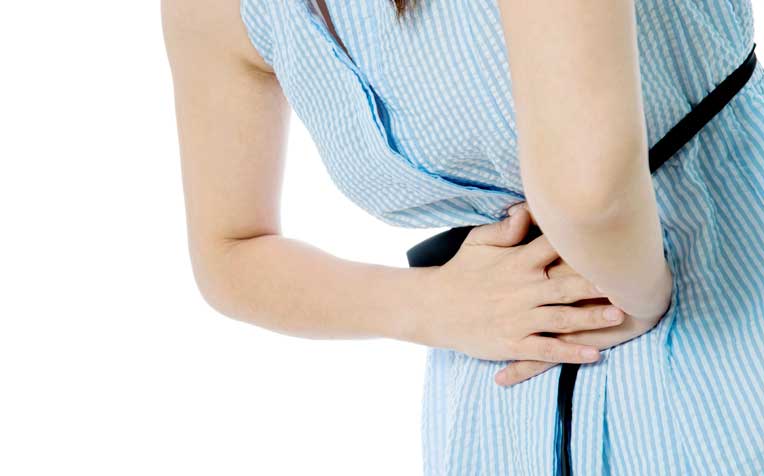
Gallbladder disease In complicated gallbladder disease, symptoms can include abdominal pain lasting more than 4 hours.
Stages and symptoms of gallbladder disease
“The symptoms of gallbladder disease vary widely,” says Dr Teo Jin Yao, Consultant from the Department of Hepato-pancreato-biliary and Transplant Surgery at Singapore General Hospital (SGH), a member of the SingHealth group. “It depends on which of the three clinical stages of gallbladder disease you are experiencing – asymptomatic, symptomatic or complicated.”
At the asymptomatic stage
There are no symptoms. At this stage, gallstones are usually incidentally detected during screening. They do not interfere with liver, gallbladder or pancreas function, so treatment is typically not necessary. Nowadays, due to improvements in modern imaging technology, we see more and more patients with no symptoms.
At the symptomatic stage
As gallstones block the bile ducts, pressure increases in the gallbladder. This can cause an “attack” of sporadic pain in the centre of the upper abdomen called biliary colic, which is often confused with gastric pain. It typically follows heavy or fatty meals, and can occur at night.
A typical attack usually results in steady pain in the centre of the upper abdomen. The pain can increase rapidly and can last for 30 minutes to several hours. There might also be pain in the back between the shoulder blades, and under the right shoulder.
At the complicated stage
Acute gallbladder disease is one of the most frequent causes for emergency hospital admissions. This includes obstructive jaundice due to obstructed bile ducts, acute cholecystitis (inflammation of the gallbladder) and acute pancreatitis.
When the gallstones obstruct the common bile duct, you can get jaundice. Symptoms include a yellow discolouration of the skin and whites of eyes, itchy skin, pale bowel motions and dark urine. Jaundice together with fever can be extremely serious, and you should seek urgent medical attention.
Patients with acute cholecystitis will have a persistent right or upper abdominal pain, and fever. This pain can be made worse by movement or coughing. Nausea and vomiting are also common.
Typically, patients with acute gallstone pancreatitis will present with sudden severe upper abdominal pain, often associated with back pain. The pain is usually severe enough to bring the patient to the emergency room. If the gallstones obstruct the pancreatic duct, there may be back pressure in the pancreas, causing pancreatitis. Most attacks of pancreatitis are mild, while some are severe and life-threatening.
Possible symptoms of complicated gallbladder disease
Should you have any of these symptoms, consult a doctor immediately:
- Prolonged abdominal pain lasting more than four hours
- Nausea and vomiting
- Fever and chills (or shivering)
- Yellowing of the skin and whites of the eyes
- Pale-coloured stools
Dr Teo explains, “Any of the above symptoms may signal complicated gallbladder disease, which warrants immediate attention.”
Ref: P16
Check out other articles on abdominal pain:
What's Causing Your Gastric Pain?
Gastric Pain FAQs - Our Doctor Answers
7 Tips to Reduce Belching or Burping
Contributed by














 Get it on Google Play
Get it on Google Play